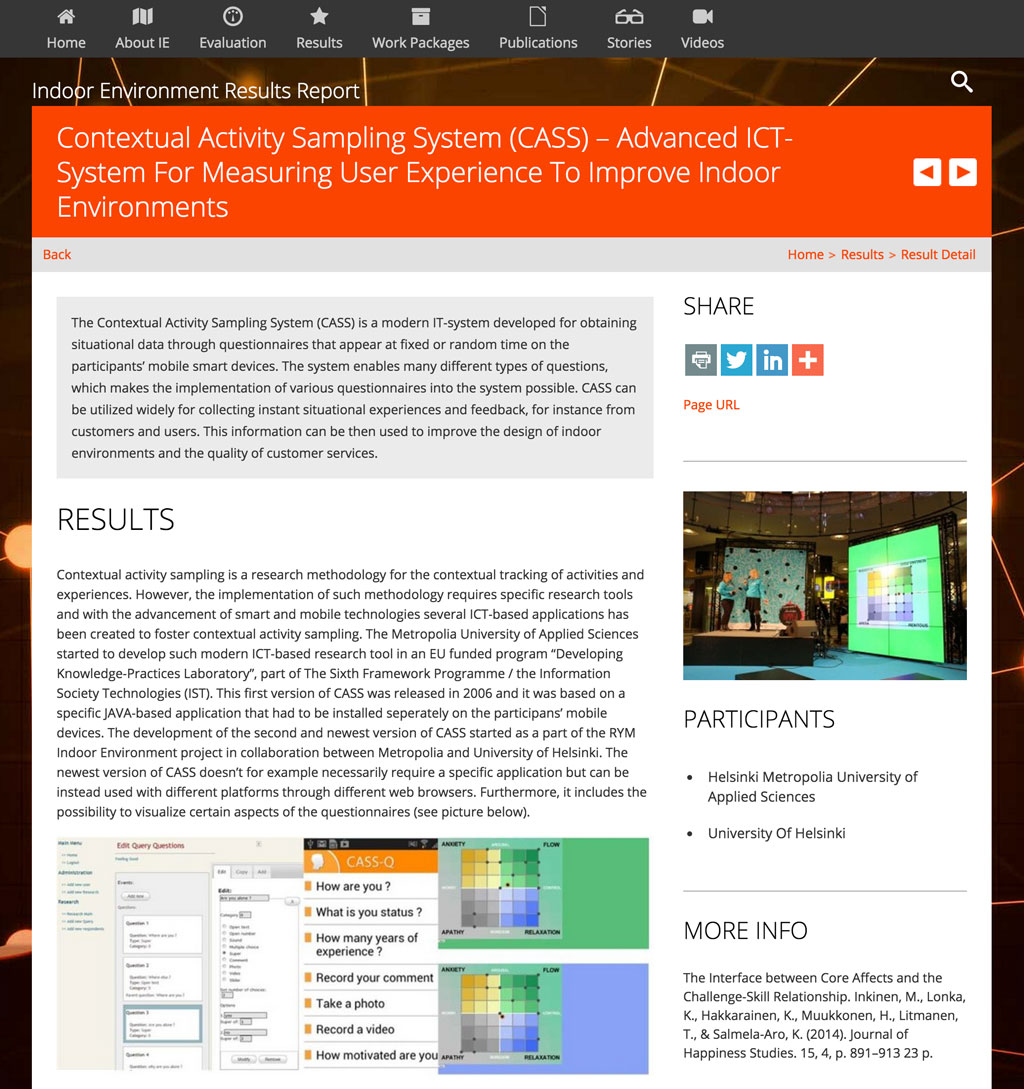Communication between researchers or academics and construction industry practitioners is not always easy. We helped our client, RYM, communicate research results from two research programs, each with a budget of over 20 million euros.
RYM is a public–private partnership aiming to speed up innovation processes in the construction and real estate industries in Finland. Its shareholders are 53 Finnish-built environment firms and organizations.
RYM facilitates breakthrough innovations through top-notch, industry-led research programs. Funding for the research programs comes from the participating companies, research organizations, and the government of Finland.
A template for scientific Communication
It is not always easy to communicate the value of scientific research to the industry. Companies usually focus on the short term, whereas scientists may work for years on a problem before getting tangible results. It is not self-evident when and how the results will affect business in the future.
RYM wanted to inspire the industry to use research as a tool for innovation. To make research attractive, they decided to publish research results in easy-to-digest packages.
Together with Juha Salmi, an industry communications expert, we devised a model for publishing research results. A key incredient of the model are so-called result cards, which are one-page summaries of research results in English. The cards are stored and managed in an online content management system.
The result cards contain the following information:
- A title image that visually communicates what the research result is about
- An appealing title
- A three-sentence summary of the results, potential, and future of the research
- Results: A few paragraphs about the research results
- Effects: An estimate of the results’ potential effect on business
- Future: What has happened or could happen with the results
- Contact people
- Research partners
- Keywords
- Links
We encouraged authors to use diagrams, photos, and videos whenever possible.
Challenges and benefits
Having a standardized structure for presenting the information made it easy to train authors online and at meetings. We also set up a simple review and approval process for the cards.
Even though it may look simple, implementing the process was not easy. Many cards were initially not up to par, and the reviewers had to ask for rework.
So far, almost 200 research project managers have helped write the cards. They have used the content management system themselves to publish the results. I think that has been a great achievement in and of itself.
Initially, not everyone was enthusiastic about the prospect of popularizing their results. Trying to imagine the potential business benefits of the results was hard for many authors. However, one of the authors wrote, “The more time I spent writing the result cards, the more clever they felt as a way of communicating.”
The cards offer a form of content marketing. They can be shared on social networks, and they get hits from search engines.
RYM commissioned us to create digital research reports of results. So far, we have published two web reports on two completed research programs: PRE and Indoor Environment. Thousands of people have already read them, which is an achievement that a typical printed research report on construction might not reach.
View the original article and our Inspiration here



Leave a Reply